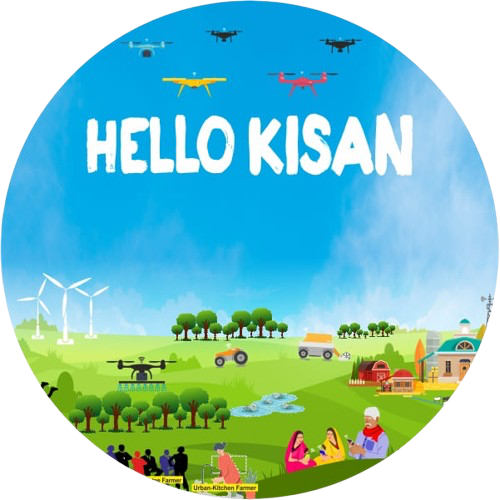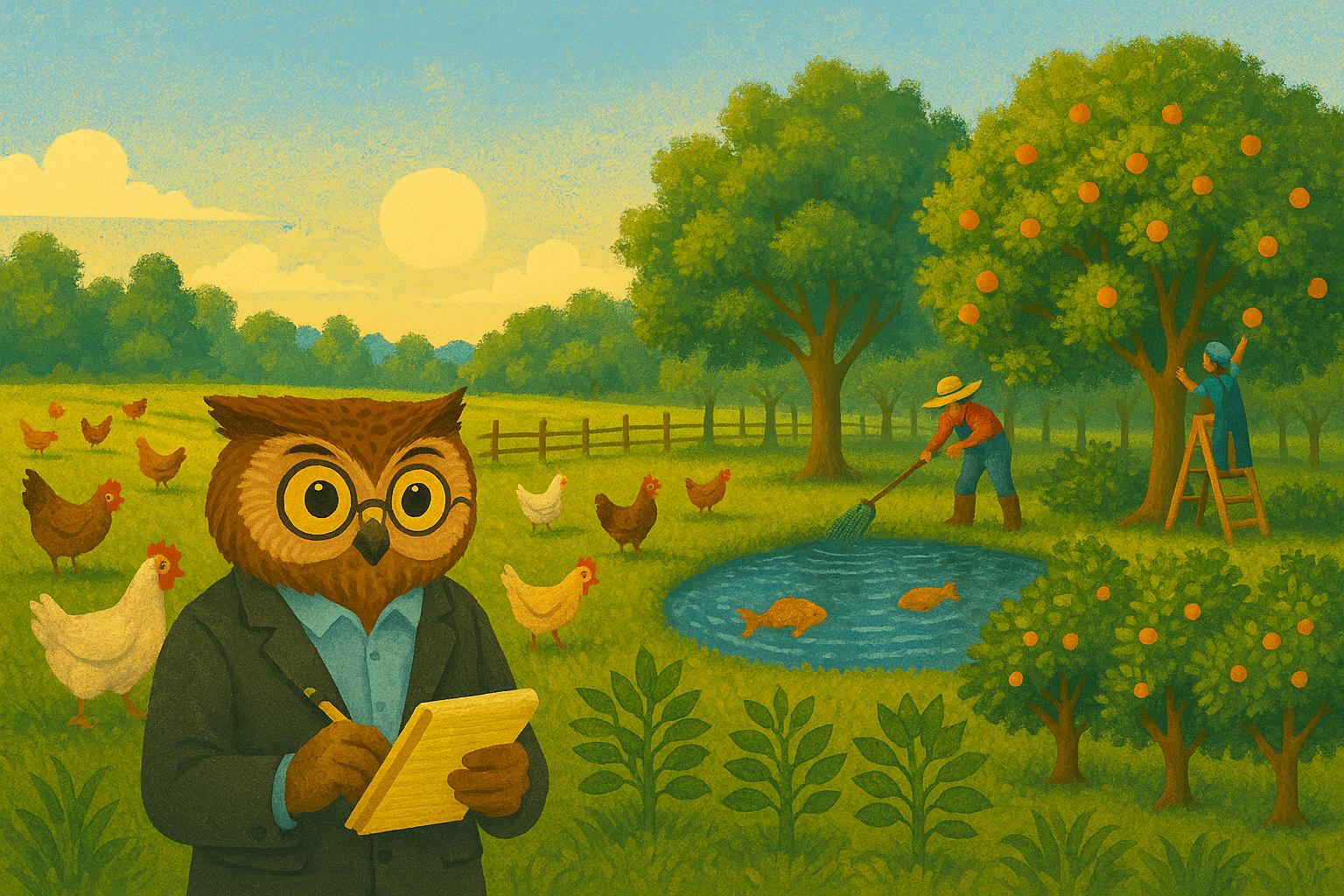
Tech & Operations Playbook for Farm Pro’s. Parameters For Evaluation 6/14

Farm Management Companies. Day-to-day farming is part science, part craft. Technical mastery ensures consistency, quality, and fewer shocks for investors.
Step 1 of 4
Review
Operational & Technical Competence
Your Answer:
Operational & Technical Competence
Your Answer:
Operational & Technical Competence
Your Answer:
Operational & Technical Competence
Your Answer:
Operational & Technical Competence
Your Answer:
Operational & Technical Competence
Your Answer:
Operational & Technical Competence
Your Answer:
Operational & Technical Competence
Your Answer:
Operational & Technical Competence
Your Answer:
